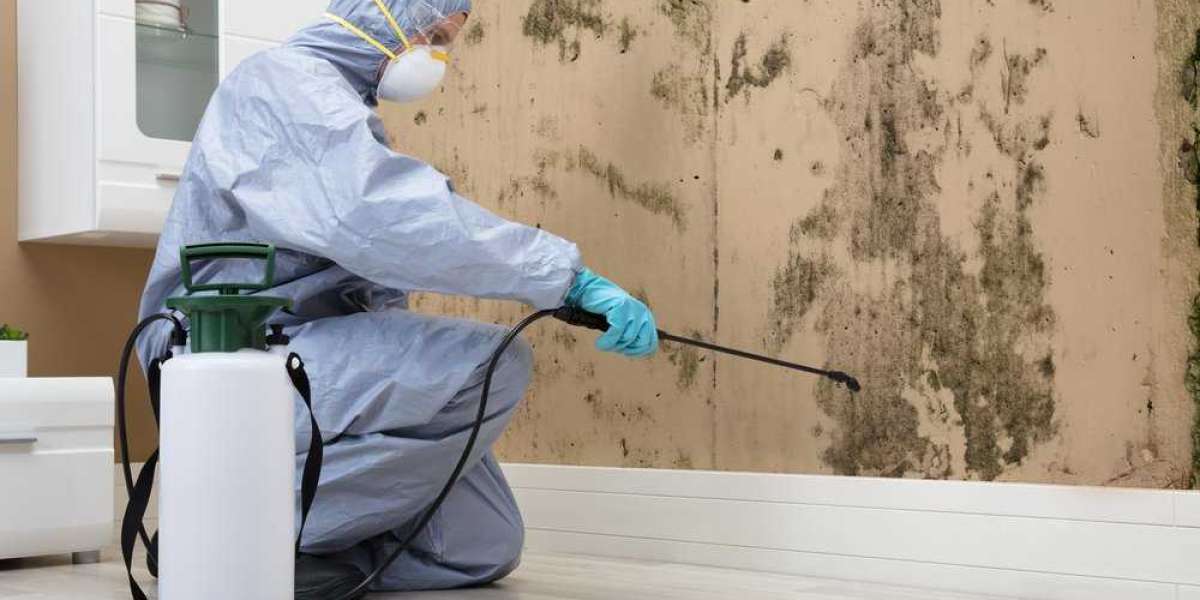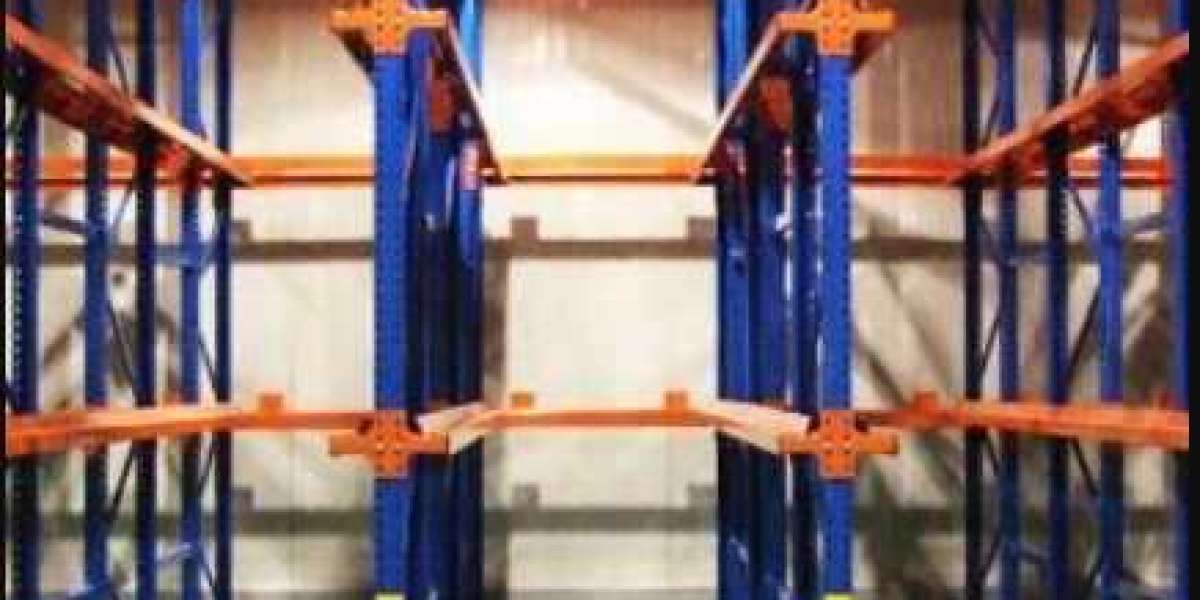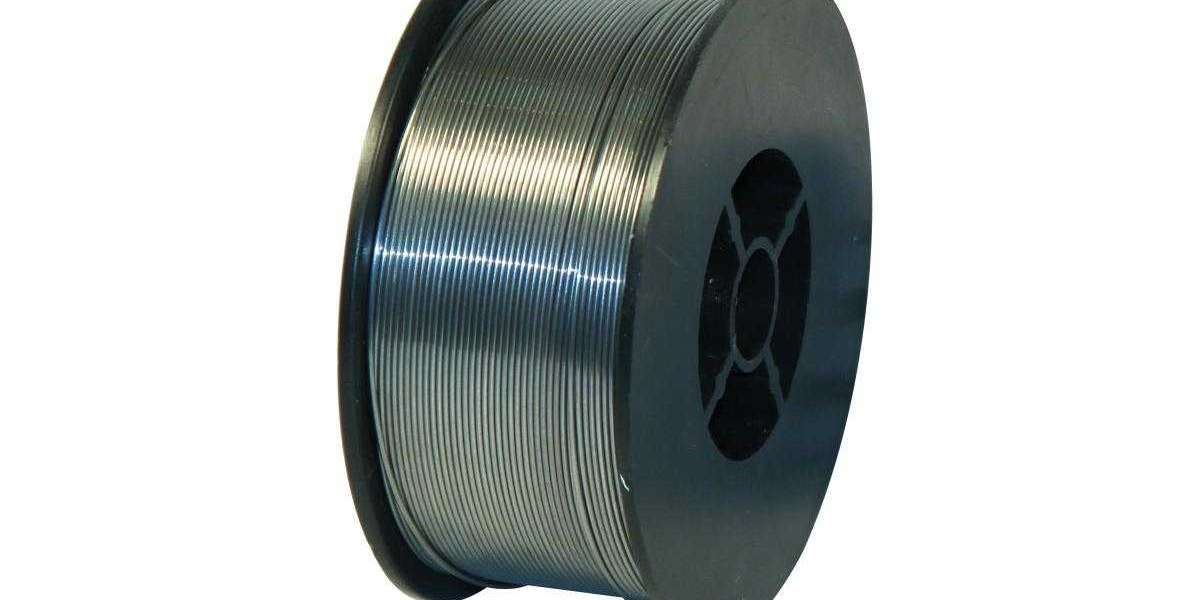Introduction
Mold is a common problem in many homes, especially in areas with varying humidity levels and temperatures like Ottawa. Mold growth can lead to serious health issues and significant damage to your property if not addressed promptly. Understanding the signs that indicate you need mold removal is crucial for maintaining a healthy living environment and protecting your home. This article explores the top signs you need mold removal in Ottawa, helping you identify potential mold problems early and take appropriate action.
Visible Mold Growth
Understanding Visible Mold
The most apparent sign of mold is visible growth. Mold can appear in various colors, including black, green, white, and gray, and often has a fuzzy or slimy texture. It typically grows on surfaces such as walls, ceilings, floors, and even furniture.
Common Areas Where Mold Appears
Walls and Ceilings: Mold often grows in areas with high moisture, such as around windows, in corners, or on ceilings, especially in bathrooms and kitchens.
Floors: Carpets and hardwood floors can develop mold if they become wet and remain damp for extended periods.
Basements and Crawl Spaces: These areas are prone to mold due to their tendency to retain moisture and have poor ventilation.
Attics: Poor ventilation and roof leaks can lead to mold growth in attics.
What to Do
If you notice visible mold growth, it’s essential to address it immediately. Contact a professional Ottawa mold removal service to assess the extent of the infestation and perform the necessary remediation.
Musty Odors
Identifying Musty Smells
A musty or earthy odor is often an indication of hidden mold. This smell is caused by the mold’s spores and mycotoxins, which can permeate through the air and be noticeable even when mold isn’t visibly present.
Common Sources of Musty Odors
Behind Walls: Mold can grow inside walls where moisture accumulates, and the smell may seep through.
Underneath Carpets and Flooring: Mold growing under carpets or flooring can produce a musty odor that affects the entire room.
In Attics and Basements: These areas often have poor air circulation, making musty smells more prominent.
What to Do
If you detect a musty odor, investigate potential sources by checking for hidden mold in areas where moisture is likely to accumulate. Consider having a professional mold inspection to identify and address the issue.
Water Damage and Stains
Recognizing Water Damage
Water damage is a common precursor to mold growth. Look for signs of water damage, such as discoloration, peeling paint, or warping in areas where water may have infiltrated.
Types of Water Damage
Water Stains: Yellow or brown stains on walls, ceilings, or floors can indicate water damage and potential mold growth behind these surfaces.
Peeling Paint or Wallpaper: Moisture can cause paint or wallpaper to peel away from the surface, revealing possible mold issues.
Warped or Buckled Flooring: Water damage can cause hardwood floors to warp or laminate flooring to buckle, creating an environment conducive to mold growth.
What to Do
Address any water damage promptly to prevent mold growth. Repair leaks or sources of moisture and consider consulting a professional to assess the extent of any mold contamination.
Health Issues and Allergic Reactions
Mold-Related Health Problems
Mold exposure can lead to various health issues, particularly for individuals with respiratory conditions or allergies. Common symptoms include:
Respiratory Issues: Coughing, wheezing, and shortness of breath can result from inhaling mold spores.
Allergic Reactions: Mold exposure can trigger allergic reactions such as sneezing, itchy eyes, and runny nose.
Skin Irritations: Direct contact with mold can cause skin rashes and irritation.
When to Be Concerned
If you or your family members experience unexplained health issues that worsen in specific areas of the home, it could be a sign of mold. Pay attention to symptoms that improve when you are away from home and worsen upon returning.
What to Do
Consult a healthcare professional if you experience mold-related health issues. Additionally, contact a mold removal specialist to investigate and address any potential mold problems in your home.
Increased Humidity and Condensation
Identifying High Humidity Levels
High humidity levels can create an environment conducive to mold growth. Signs of high humidity include condensation on windows, dampness in the air, and persistent moisture on surfaces.
Common Indicators
Condensation on Windows: Excess moisture can lead to condensation on windows, especially during colder months.
Damp Air: High humidity can make the air feel damp and heavy, indicating a potential mold risk.
Moisture on Surfaces: Regular moisture or condensation on walls, ceilings, or floors can contribute to mold growth.
What to Do
Use a hygrometer to measure indoor humidity levels. Aim to keep humidity between 30-50% to prevent mold growth. Use dehumidifiers and improve ventilation to manage moisture levels.
Persistent Leaks or Plumbing Issues
Recognizing Plumbing Problems
Leaks or plumbing issues can provide a steady source of moisture for mold growth. Look for signs of leaks or water damage around plumbing fixtures.
Common Plumbing Issues
Leaky Pipes: Pipes that leak or are damaged can contribute to mold growth if water accumulates in hidden areas.
Clogged Gutters: Clogged gutters can cause water to overflow and seep into the home’s foundation, leading to mold issues.
Roof Leaks: Leaks in the roof can allow water to enter the attic and cause mold growth.
What to Do
Address plumbing issues promptly to prevent water damage and mold growth. Repair leaks and consider having a professional inspect and address any potential mold problems.
Unexplained Musty Smells in Specific Areas
Identifying Specific Areas
Musty smells that are concentrated in certain areas of your home can indicate hidden mold. Common areas include:
Basements: Due to their typically damp and poorly ventilated nature, basements are prone to musty odors and mold.
Crawl Spaces: Moisture can accumulate in crawl spaces, leading to musty smells and potential mold growth.
Behind Walls: Mold hidden behind walls can produce localized musty odors.
What to Do
Investigate specific areas with unexplained musty smells. Consider using a moisture meter or having a professional inspection to identify and address potential mold issues.
Difficulty Breathing or Persistent Allergies
Understanding Breathing Issues
If you experience difficulty breathing or persistent allergies that seem linked to certain areas of your home, mold could be a contributing factor.
Common Symptoms
Shortness of Breath: Difficulty breathing or feeling short of breath can be exacerbated by mold exposure.
Worsening Allergies: Allergies that flare up or persist in specific areas of the home may indicate a mold problem.
What to Do
Consult a medical professional if you experience persistent breathing issues or worsening allergies. Additionally, contact a mold removal service to inspect and address potential mold problems in your home.
Condensation on Walls and Windows
Identifying Condensation
Condensation on walls and windows is a sign of high humidity and can contribute to mold growth. Look for:
Water Droplets: Water droplets forming on windows or walls can indicate excessive moisture.
Damp Spots: Damp spots on walls, particularly in corners or near windows, can signal high humidity levels.
What to Do
Reduce condensation by improving ventilation, using dehumidifiers, and ensuring proper insulation. Address any moisture sources to prevent mold growth.
Unexplained Increase in Utility Bills
Understanding Utility Bills
An unexplained increase in utility bills, particularly for heating and cooling, can sometimes be linked to mold problems. High humidity levels or moisture issues can strain heating and cooling systems.
Common Indicators
Increased Heating/Cooling Costs: If your utility bills increase without a clear reason, it could be due to moisture-related issues impacting your HVAC system.
Inefficient HVAC System: Mold or moisture problems can affect the efficiency of your HVAC system, leading to higher energy costs.
What to Do
If you notice a significant increase in utility bills, check for potential mold-related issues and have your HVAC system inspected for any moisture-related problems.
Conclusion
Identifying the signs that indicate you need mold removal is essential for maintaining a healthy and safe living environment. From visible mold growth and musty odors to health issues and increased humidity, recognizing these signs early can help you take prompt action to address mold problems in your Ottawa home. If you notice any of these signs, it’s crucial to consult with a professional mold removal service to ensure effective remediation and prevent further damage. By staying vigilant and proactive, you can protect your home and health from the adverse effects of mold.








